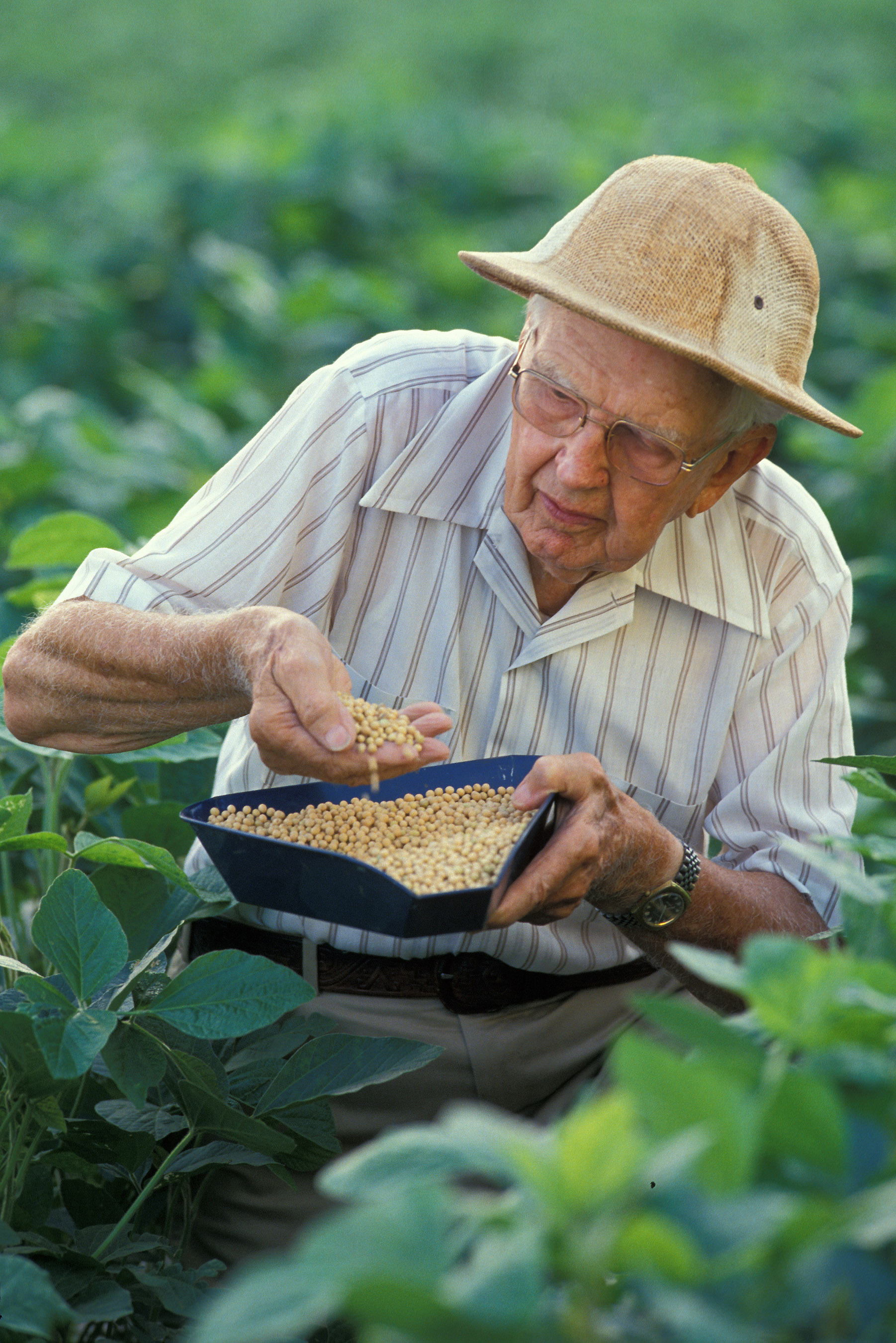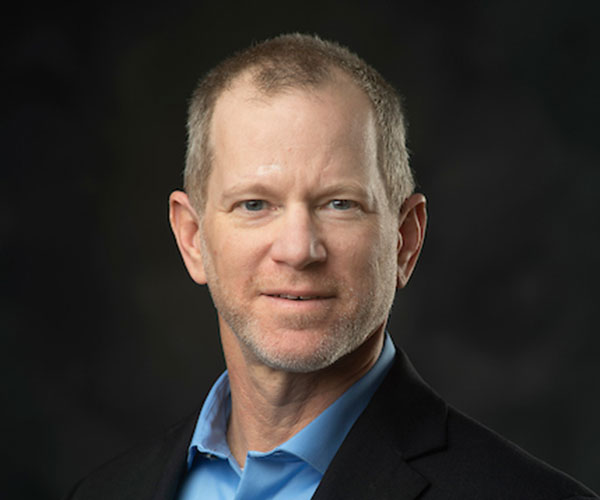About Edgar E. Hartwig
 Dr. Hartwig was respectfully and appropriately referred to as ‘The Father of Soybeans in the South.’ Hartwig earned his bachelor of science from the University of Minnesota in 1937, and a master of science and Ph.D. in agronomy from the University of Illinois at Urbana in 1939 and 1941, respectively.
Dr. Hartwig was respectfully and appropriately referred to as ‘The Father of Soybeans in the South.’ Hartwig earned his bachelor of science from the University of Minnesota in 1937, and a master of science and Ph.D. in agronomy from the University of Illinois at Urbana in 1939 and 1941, respectively.
At this time soybeans in Mississippi were grown for hay or forage. In 1940, 39,000 acres of soybeans were grown and harvested for bean in the Magnolia state.
Hartwig began his career as an assistant agronomist / pathologist at the Florida Agricultural Experiment Station and at the Watermelon & Grape Laboratory, both in Leesburg, Florida in 1942. He began his work with soybeans in 1943 as a research agronomist with the U.S. Department of Agriculture’s Agricultural Research Station in cooperation with the North Carolina Agricultural Experiment Station in Raleigh. He held this position until 1948. In 1949, Dr. Hartwig becomes research agronomist for soybean production research with the U.S.D.A. Agricultural Research Station in cooperation with the Mississippi Agricultural and Forestry Experiment Station’s Delta Research and Extension Center in Stoneville.
In 1948, Hartwig wrote an article for Soybean Digest entitled, “Breeding Soybeans for the Southern States.” The cover of the magazine has the words, “The Soybean Moves South.” More than any other single person, Dr. Hartwig is responsible for this move – as soybeans replace cotton, which is still plagued by the boll weevil at the time.
By 1950, 358,000 acres of soybeans are grown and harvested for bean in Mississippi. In the 50s, Hartwig becomes the coordinator of the U.S. Regional Soybean Laboratory research conducted in cooperation with the 12 Southeastern States, in addition to his title as research agronomist.
In the 60s, Hartwig begins working with Brazil and India to observe and advise on soybean improvement and production research. By 1960, 916,000 acres of soybean are grown and harvested for beans in Mississippi.
Hartwig’s 47-year career resulted in numerous awards including the U.S. Department of Agriculture Superior Service Award, and the U.S. Department of Agriculture Distinguished Service Award. He is credited with breeding 90 percent of the pest-resistant soybean varieties grown in the region through the mid-1980s. Most of his varieties were designed to be planted in early to mid-June or later and harvested in late October to mid-November.
Hartwig died in 1996 in Greenville, MS.
Biography of Edgar E. Hartwig, Soybean Breeder for the U.S. South (1913-2018)
About the chair holder, Michael Mulvaney
 An internationally renowned cropping systems speicalist, Dr. Michael Mulvaney earned his bachelor of science in chemistry from the University of Maryland. He worked as a chemist in Pharmaceutical research for a short time before discovering an aptitiute for agronomy as an agricultural extension volunteer with the Peace Corps. He then enrolled in the doctoral program in Agronomy and Soils at Auburn University and has since become a leader in his field, having an extensive body of publications and numerous honors and awards.
An internationally renowned cropping systems speicalist, Dr. Michael Mulvaney earned his bachelor of science in chemistry from the University of Maryland. He worked as a chemist in Pharmaceutical research for a short time before discovering an aptitiute for agronomy as an agricultural extension volunteer with the Peace Corps. He then enrolled in the doctoral program in Agronomy and Soils at Auburn University and has since become a leader in his field, having an extensive body of publications and numerous honors and awards.
Mulvaney previously worked as a cropping systems specialist at the University of Florida. The certified crop consultant with international agronomy experience, has conducted research at the Global Conservation Agriculture Program in Mexico and for USAID at Virginia Tech University. Over his career, he has received over $31 million in research funding for agricultural research.
In 2021, he was named the Edgar E. and Winifred B. Hartwig Endowed Chair in Soybean Agronomy at Mississippi State University.
Mulvaney's goals as chair include identifying inefficiencies and designing research topics to improve production. He has faced similar issues with other crops, and those solutions can be applied to soybeans. He sees the solutions as being site specific, instead of one-size-fits-all, since Mississippi has diverse regions with different soil types.
Mulvaney conducts research in the university's Mississippi Agricultural and Forestry Experiment Station, conducts outreach in the MSU Extension Service, and has teaching responsibilities in the College of Agriculture and Life Sciences.
